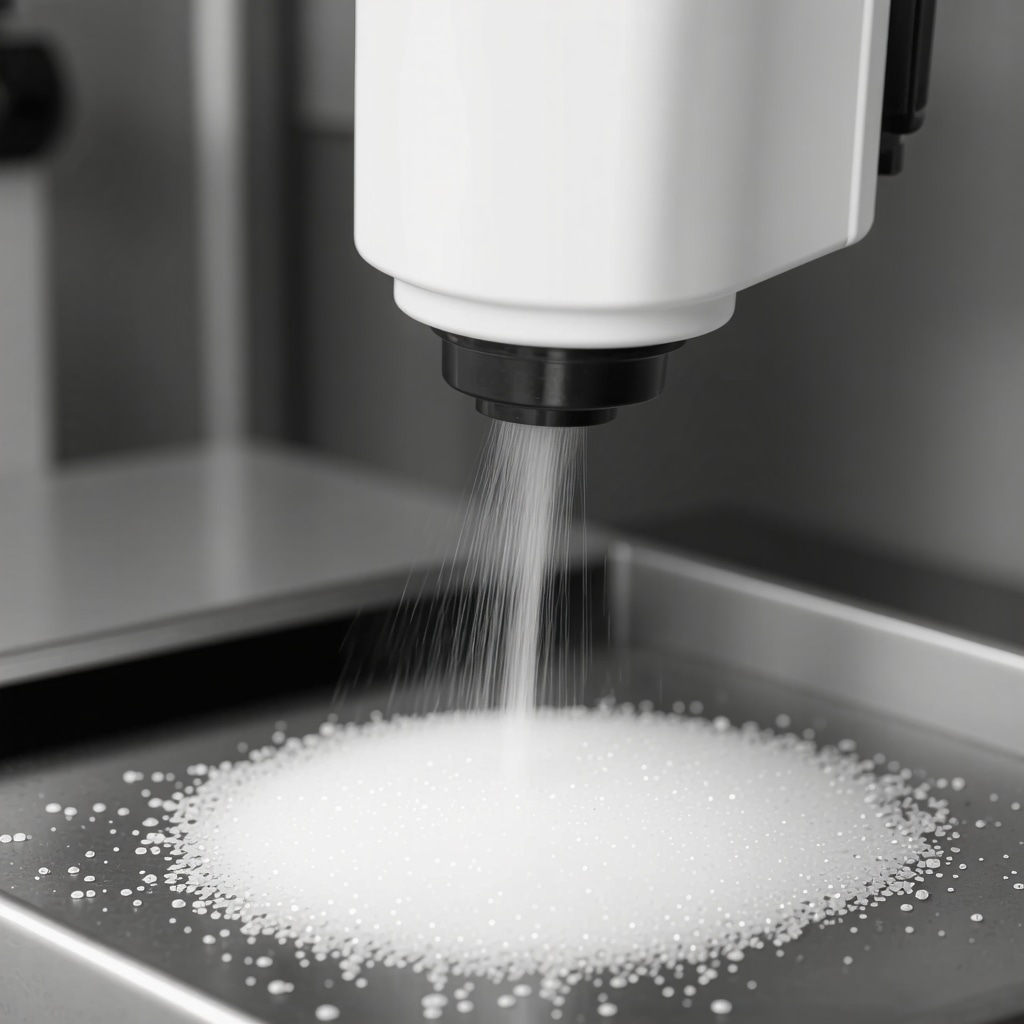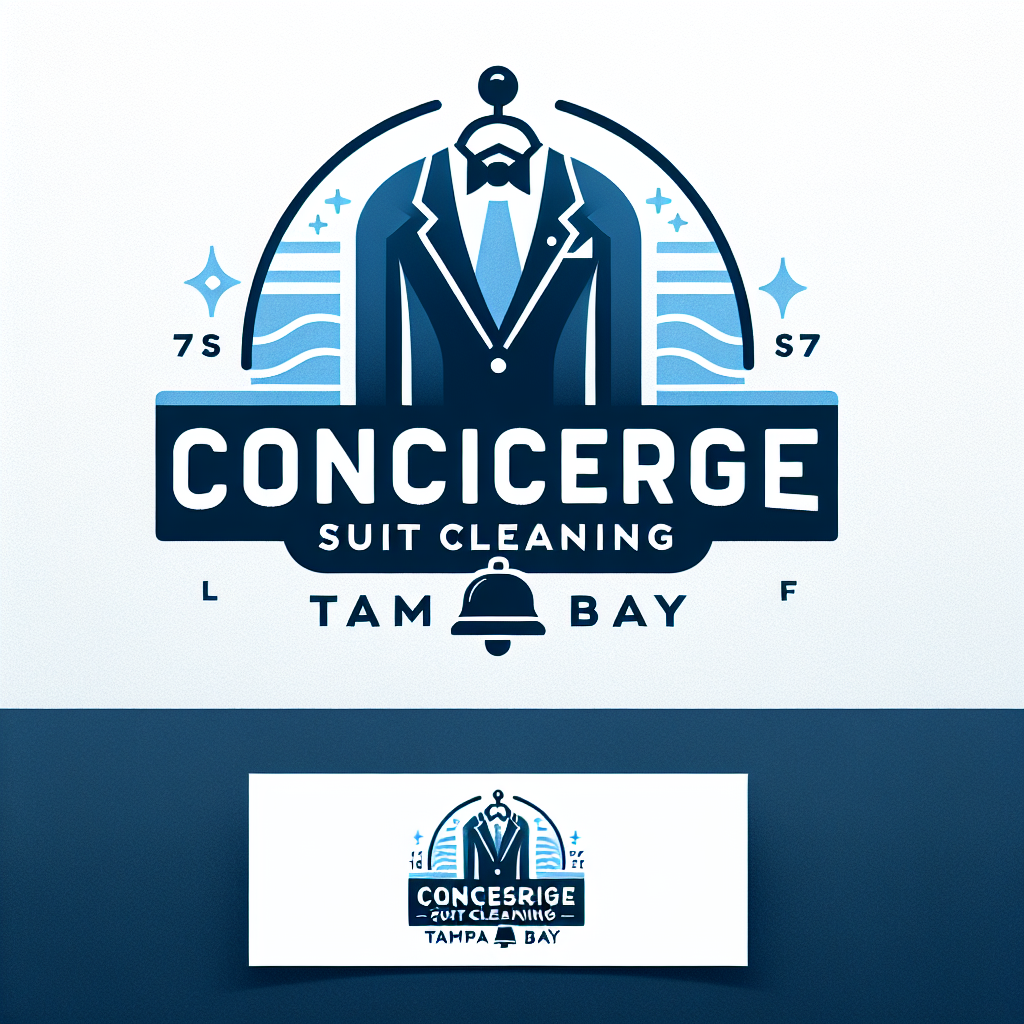Unveiling the Complexities of Odor and Stain Elimination in Fine Suit Care
In the realm of professional garment maintenance, especially for high-quality suits, the nuances of odor and stain removal post-dry cleaning demand a sophisticated understanding. As an expert in suit preservation, I recognize that residual odors and stubborn stains can compromise the garment’s integrity and appearance if not addressed with precision. This article explores advanced techniques, scientific insights, and expert best practices to ensure your suits retain their pristine condition after dry cleaning.
The Science Behind Odor Retention and Stain Persistence
Residual odors often stem from microscopic particles embedded in the fabric’s fibers, which traditional dry cleaning may not fully eradicate. These particles, including body oils, sweat residues, and environmental pollutants, require targeted removal strategies. Stains, particularly on delicate fabrics like wool or silk, can be chemically complex, necessitating tailored solvent applications and enzymatic treatments. Understanding the underlying chemistry is crucial for effective removal without damaging the fabric.
Innovative Techniques for Odor Neutralization
Expert garment care involves using advanced deodorizing agents that neutralize odors at the molecular level. Techniques such as ozone treatment or ultrasonic cleaning can be employed for particularly stubborn cases. These methods, supported by recent research, offer eco-friendly and non-invasive options for odor elimination, preserving fabric integrity while achieving a fresh scent. For optimal results, professional cleaners often incorporate these into their standard protocols for suits that have been exposed to smoke, perspiration, or other strong odors.
Targeted Stain Removal: Beyond Surface Cleaning
Stain removal extends beyond superficial cleaning. It involves a detailed analysis of fabric composition, stain type, and age. For example, protein-based stains like wine or coffee benefit from enzymatic solutions, whereas oil-based stains might require specific solvents such as perchloroethylene or hydrocarbon-based agents. An expert approach also emphasizes pre-treatment, precise temperature control during cleaning, and post-cleaning inspection to ensure complete removal.
What are the latest innovations in eco-friendly stain removal for suits that do not compromise fabric quality?
Emerging eco-friendly solutions utilize bio-based enzymes and biodegradable solvents that effectively target common stains while maintaining sustainability. These innovations, supported by research from the Science Daily, demonstrate that environmentally conscious cleaning can achieve the same high standards as traditional methods without risking fabric damage or environmental harm.
Optimal Post-Cleaning Care for Odor and Stain Prevention
Preventing recurrence involves proper storage, airing, and timely professional maintenance. Experts recommend hanging suits in well-ventilated spaces, avoiding plastic covers that trap moisture, and scheduling regular cleanings based on wear frequency. Additionally, using specialized suit sprays and odor absorbers can extend the freshness, especially in humid climates.
For those interested in mastering suit maintenance, exploring professional wool suit care tips can provide deep insights into fabric-specific techniques, elevating your maintenance game.
Engaging with reputable sources and professional services ensures your suits receive expert care that preserves their aesthetic and functional qualities. If you wish to enhance your understanding further, consider consulting specialized guides or contributing your insights to professional forums dedicated to garment care.
Exploring the Next Frontier in Sustainable Suit Care
In the quest for environmentally responsible garment maintenance, the evolution of eco-friendly stain and odor removal techniques is a testament to innovation and sustainability. As experts continue to develop solutions that do not compromise fabric integrity, understanding these advancements becomes crucial for those committed to both quality and environmental stewardship.
Are Bio-Enzymatic Cleaners the Future of Suit Stain Removal?
Bio-enzymatic cleaners, utilizing naturally occurring enzymes, are revolutionizing the way professionals approach stain removal. These agents target specific stain molecules—proteins, fats, or carbohydrates—breaking them down into harmless byproducts. Supported by extensive research from the Science Daily, these cleaners exemplify how biological processes can be harnessed for effective, eco-conscious garment care. They are particularly effective on organic stains such as wine, coffee, and sweat, offering a sustainable alternative to traditional chemical solvents.
What Role Do Biodegradable Solvents Play in Modern Suit Cleaning?
Biodegradable solvents, derived from renewable sources, are gaining prominence in professional suit cleaning. Unlike traditional perchloroethylene or hydrocarbon-based solvents, these eco-friendly options decompose naturally without leaving harmful residues or emissions. Their gentle yet effective cleaning power ensures fabric preservation while aligning with global sustainability goals. Moreover, their compatibility with advanced cleaning technologies, like ultrasonic cleaning, enhances efficacy while reducing environmental impact.
Could Ultrasonic Cleaning Be the Eco-Friendly Solution for Deep Odor and Stain Removal?
Ultrasonic cleaning employs high-frequency sound waves to dislodge dirt, oils, and odors from fabric fibers without aggressive chemicals. When combined with eco-friendly solutions, ultrasonic systems offer a non-invasive, chemical-free alternative that penetrates deeply into the fabric structure, ensuring thorough cleanliness. This method is particularly advantageous for delicate fabrics such as silk and wool, where traditional cleaning methods risk damage. Several professional garment care centers now incorporate ultrasonic cleaning as part of their sustainable cleaning protocols, setting new standards for eco-conscious maintenance.
How can garment care professionals balance technological innovation with fabric safety and sustainability?
Balancing innovation with fabric safety requires a nuanced understanding of material science and chemistry. Professionals must stay informed about emerging eco-friendly products, undergo continuous training, and implement rigorous testing protocols. Additionally, integrating sustainability metrics into their service standards—such as using biodegradable materials and minimizing water consumption—ensures responsible practices. For further insights, exploring eco-friendly suit cleaning in Tampa offers practical guidance on sustainable garment maintenance strategies.
If you’re passionate about sustainable fashion and want to stay ahead in eco-conscious suit care, sharing your experiences or asking questions in professional forums can foster community-driven innovation. For tailored advice, consider consulting with certified eco-friendly garment care specialists who prioritize fabric preservation and environmental health.
Harnessing Biotechnological Breakthroughs for Sustainable Garment Care
In the evolving landscape of professional suit maintenance, biotechnological innovations are redefining eco-friendly stain and odor removal. Enzymatic cleaners derived from genetically engineered microbes offer unparalleled specificity, targeting complex organic stains such as wine, coffee, or perspiration without compromising fabric integrity. According to a study published in the Journal of Industrial Microbiology & Biotechnology, these bioenzymes can be tailored to degrade particular molecular structures, enabling customized cleaning protocols that align with sustainability goals.
Integrating Cutting-Edge Technologies with Fabric Science
Combining ultrasonic cleaning with biodegradable solvents exemplifies the synergy between technology and material science. Ultrasonic waves generate microscopic cavitation bubbles that dislodge dirt and odors from fibers, functioning optimally when paired with eco-friendly agents. This process minimizes mechanical stress on delicate fabrics like silk or cashmere, significantly reducing the risk of damage during cleaning. Industry leaders such as Eco Innovations have demonstrated the efficacy of ultrasonic systems in high-end garment care, setting new standards for sustainable practices.
What are the Challenges in Scaling Eco-Conscious Suit Cleaning Technologies?
While promising, scaling these advanced technologies presents hurdles such as cost, equipment complexity, and the need for specialized training. Developing universally compatible biodegradable solvents and enzymes requires ongoing research and collaboration between chemists and garment care professionals. Additionally, integrating these solutions into existing workflows demands investment in new equipment and staff education. Yet, the long-term benefits—reduced environmental impact, prolonged fabric lifespan, and enhanced consumer trust—justify these efforts, as highlighted in recent sustainability reports from the GreenBiz Group.
Future Directions: AI and Machine Learning in Eco-Friendly Suit Maintenance
Emerging AI-driven systems promise to revolutionize stain detection and treatment customization. By analyzing fabric composition and stain characteristics in real-time, intelligent algorithms can recommend optimal eco-friendly solutions, enhancing efficiency and outcomes. For example, machine learning models trained on vast datasets of fabric types and stain profiles can predict the most effective enzymatic or solvent-based treatment, minimizing trial-and-error approaches. As this technology matures, it will empower professionals to deliver personalized, sustainable care at scale.
How can garment care professionals leverage AI to improve eco-suit cleaning processes?
Professionals should invest in AI-powered diagnostics and treatment planning tools, integrate them into their workflow, and participate in ongoing training to interpret data effectively. Collaborations with tech developers can accelerate the adoption of tailored solutions, ensuring that eco-friendly practices keep pace with industry demands. For further insights, explore resources from TechCrunch’s sustainability tech coverage, which highlights innovative applications of AI in garment care.
If you’re committed to advancing sustainable suit maintenance, engaging with industry forums and attending specialized conferences can provide valuable networking opportunities and knowledge exchange. Embracing these innovations not only benefits the environment but also elevates your service quality, setting you apart in a competitive market.
Harnessing Biotechnology for Eco-Conscious Garment Restoration
As the quest for sustainable garment maintenance intensifies, biotechnology emerges as a game-changer. Genetically engineered enzymes tailored to degrade complex organic stains—such as wine, coffee, or perspiration—offer unparalleled precision and environmental benefits. A pivotal study in the Journal of Industrial Microbiology & Biotechnology highlights how these bioenzymes facilitate targeted cleaning, reducing reliance on harsh chemicals and preserving fabric integrity. Implementing such bio-based solutions signifies a leap toward eco-friendly, high-performance suit care.
Synergizing Ultrasonic Technology with Green Solvents for Deep Cleaning
The integration of ultrasonic cleaning systems with biodegradable solvents exemplifies a convergence of technological innovation and sustainability. Ultrasonic waves generate microscopic cavitation bubbles that effectively dislodge dirt, oils, and odors from delicate fibers like silk and wool, minimizing mechanical stress. When paired with eco-conscious solvents derived from renewable sources, this method ensures thorough sanitation without compromising fabric quality. Industry leaders such as Eco Innovations demonstrate the efficacy of this approach, paving the way for greener garment care practices.

Overcoming Barriers to Widespread Adoption of Eco-Friendly Technologies
Despite the promising advantages, scaling these advanced, eco-conscious cleaning methods faces challenges including high equipment costs, specialized training requirements, and supply chain complexities for sustainable materials. Addressing these issues necessitates collaborative efforts between chemists, technologists, and garment care professionals. Strategic investments and ongoing research are essential to refine biodegradable agents and develop cost-effective ultrasonic systems. As sustainability becomes a market imperative, industry stakeholders must prioritize innovation and education to facilitate broader adoption, as detailed in reports from GreenBiz Group.
Future-Forward: AI-Enhanced Precision in Eco-Friendly Suit Care
The advent of artificial intelligence promises to revolutionize sustainable garment maintenance. AI algorithms analyzing fabric composition and stain morphology can recommend bespoke, eco-friendly treatment protocols, optimizing enzyme and solvent selection. Machine learning models trained on extensive datasets enable real-time diagnostic insights, reducing trial-and-error and enhancing care efficiency. This convergence of AI and green chemistry empowers professionals to deliver personalized, environmentally responsible services, elevating industry standards and consumer trust.
How can garment care practitioners leverage AI to refine eco-suit cleaning strategies effectively?
Professionals should integrate AI-driven diagnostic tools into their workflow, invest in ongoing training for interpreting data, and collaborate with tech developers to customize solutions. Participation in industry forums and sustainability networks fosters knowledge exchange, accelerating innovation. For comprehensive insights, explore resources from TechCrunch’s sustainability tech coverage. Embracing AI not only enhances cleaning efficacy but also reinforces commitment to environmental stewardship, setting a new standard in professional garment care.
Expert Insights & Advanced Considerations
Innovative Eco-Friendly Cleaning Technologies
Advanced suit care now leverages biodegradable solvents and bioenzymatic cleaners that deliver superior stain and odor removal without compromising fabric integrity, aligning with sustainability goals.
Integration of Ultrasonic and Biotechnological Methods
Combining ultrasonic cleaning with enzymatic solutions enhances deep cleaning efficacy while minimizing chemical use, setting new standards in eco-conscious garment maintenance.
AI-Driven Customization for Precise Suit Care
Artificial intelligence algorithms analyze fabric and stain data in real-time, enabling tailored, eco-friendly treatment protocols that optimize results and reduce waste.
Expert Recommendations for Sustainable Practices
Professionals should continually update their knowledge base through industry resources and participate in training to implement cutting-edge, environmentally responsible cleaning techniques effectively.
Curated Expert Resources
- Science Daily: A leading source for research on bio-based enzymes and biodegradable solvents used in suit cleaning, offering scientifically validated insights.
- Eco Innovations: Industry leader demonstrating the application of ultrasonic cleaning combined with green solvents, exemplifying best practices in sustainable garment care.
- GreenBiz: Provides comprehensive reports on scaling eco-friendly cleaning technologies and sustainability metrics vital for industry professionals.
- TechCrunch: Features emerging AI applications in garment maintenance, highlighting innovative solutions for personalized, eco-conscious care.
Final Expert Perspective
Mastering eco-friendly suit care involves integrating cutting-edge biotechnology, ultrasonic technology, and AI-driven customization to achieve superior stain and odor removal while preserving fabric quality. Staying informed through authoritative resources ensures that professionals can lead the industry toward sustainable excellence. For ongoing insights and to share your expertise, explore professional wool suit care tips and join industry forums dedicated to innovative garment care. Embrace these advanced strategies to elevate your suit maintenance practice and contribute to a greener future.

